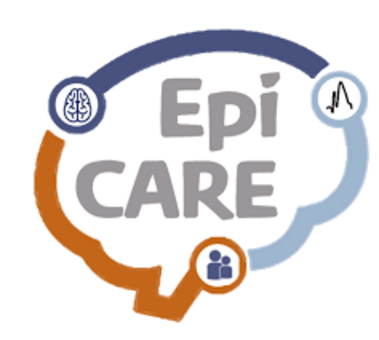
European Reference Network "EpiCARE"
Topic: EpiCARE - a European Reference Network for rare and complex epilepsies
The ERN EpiCARE brings together highly specialized health centres (28 full members and 15 affiliated partners) in 24 European countries with expertise in rare and complex epilepsies (EpiCARE). The aim is to improve accessibility of detailed diagnostics to individuals of all ages with rare and complex epilepsies across Europe, including clinical evaluation and investigation. The Dept. of Neuropathology participates as a reference center for the histopathological diagnosis of surgical epilepsy cases.
PI: Prof. Dr. med. I. Blümcke
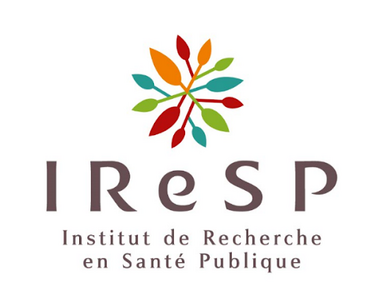
IReSP (French Institute for Public Health Research)
Topic: "Transgenerational phenotype following early-life exposure to AEDs"
PI: Katja Kobow & Christophe Bernard (Institut de Neurosciences des Systèmes, Aix-Marseille Université, France)
The project will explore transgenerational effects of anti-seizure drugs (ASDs) in mice and explore the underlying mechanisms. It will specifically look at the transgenerational effects of VPA-exposure in pregnant rodents with epilepsy, all the way through to the F3 generation. One of the key mechanisms of transgenerational inheritance is presumed to be via epigenetic marks including DNA methylation.
Project duration: 07/2024 - 06/2027
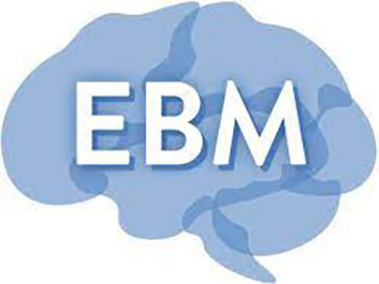
CRC1540: Exploring Brain Mechanics
The DFG has funded the CRC 1540 „Exploring Brain Mechanics“ . The CRC focuses on research into the mechanics of the brain: understanding, engineering and utilizing mechanical properties and signals in the development, physiology and pathology of the central nervous system. The Dept. of Neuropathology has been funded with two individual subprojects (Project A02: Quantitative characterisation of human brain malformations; Project C03: The role of matrix mechanics in synchronised neuronal activity).
The central nervous system (CNS) is our most complex organ system. Despite tremendous progress in our understanding of the biochemical, electrical, and genetic regulation of CNS functioning and malfunctioning, many fundamental processes and diseases are still not fully understood. Only recently, groups of several PLs in this consortium, and a few other groups worldwide, have discovered an important contribution of mechanical signals to regulating CNS cell function. The CRC 1540 ‘Exploring Brain Mechanics’ will synergise the expertise of engineers, physicists, biologists, medical researchers, and clinicians in Erlangen and Berlin to exploit mechanics-based approaches to advance our understanding of CNS function and, as a long-term vision, to provide the foundation for future improvement of diagnosis and treatment of neurological disorders.
PI: Prof. Dr. med. Ingmar Blümcke (A02) & PD Dr. rer. nat. Katja Kobow (C03)
Project duration: 01/2023-12/2026
DFG project SCHR 562/22-1
Topic: Functional Analysis of the strategic role the Ig domain of filamin C plays in healthy and diseased muscle tissue
PI: Prof. Dr. med. R. Schröder & Prof. Dr. Dieter Fürst (Universität Bonn)
Filamin C (FLNc) is a large cytoskeletal protein that functions as a multifunctional adapter protein. The central role of FLNc in striated muscle is illustrated by the observation that mutations in the FLNC gene cause a clinically very diverse group of familial and sporadic myopathies and cardiomyopathies. The aim of the project focuses on characterizing the functional role of the Ig-like domain 24 of filamin C in the context of cellular signaling pathways, recognition and protection from mechanical stress and protein homeostasis in normal and diseased striated muscle.
Project duration: 2022-2025
DFG project: SCHR 562/21-1
Topic: "The role of plectin in the healthy and diseased heart“
PI: Prof. Rolf Schröder & Dr. Lilly Winter (MedUni Wien)
Plectin is a cytoskeletal linker protein with a variety of cellular functions. Its central role in mechanically stressed human tissues is underlined by the fact that mutations in the human plectin gene (PLEC) cause a variety of skin and skeletal muscle diseases. However, the role of plectin and its individual isoforms in the normal and diseased heart is poorly understood. The present project addresses the question of whether and to what extent physical activity alters myocardial pathology in plectin knock-out cells and mice and tests therapeutic interventions. Thus, this work has the translational potential to improve clinical counseling of patients and may help pave the way for new treatment options for plectinopathies. The DFG is funding the project over a period of 3 years.
Project duration: 2022-2025
DFG project SCHR 562/19-1
Topic: "Neue Therapiestrategien bei Desmin-assoziierten Myopathien und Kardiomyopathien"
PI: Prof. Dr. med. R. Schröder und Prof. Dr. med. C. Clemen (DLR)
The long-standing and successful scientific collaboration between Prof. Rolf Schröder from the Dept. of Neuropathology in Erlangen and Prof. Christoph Clemen at the DLR in Cologne has been funded by the DFG for new therapeutic strategies for desmin-associated myopathy and cardiomyopathy. Over 3 years, the effects of running training on the skeletal and cardiac muscles of desmin knock-out and R349P-desmin knock-in mice will be investigated. The same models will be used to test the therapeutic efficacy of two drugs already established in other contexts.
Project duration: 11/2021-10/2024
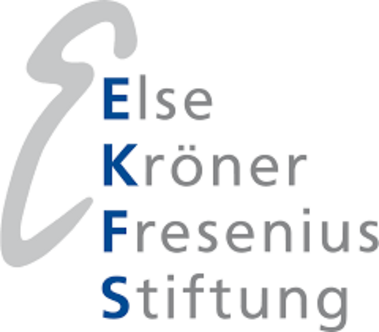
Else Kröner-Fresenius Foundation
Topic: DNA methylation-based disease classification in focal epilepsies
PI: PD Dr. rer. nat. Katja Kobow
The research project by PD Dr. Katja Kobow will be supported by the Else Kröner-Fresenius Foundation over a period of 3 years with a funding amount of € 300,683. The aim is to develop a new "disease classifier" which, based on DNA methylation patterns in neurosurgically resected brain tissue and blood from epilepsy patients, can significantly support histopathological examination. In a further project phase, DNA methylation will be investigated in a time-dependent manner in an animal epilepsy model during various stages of the disease and the possibility of diagnostic and prognostic prediction will also be examined here.
Project duration: 12/2021-11/2024
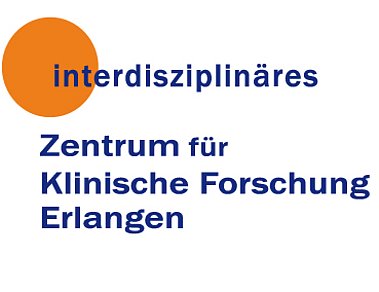
Interdisciplinary Center for Clinical Research (IZKF)
Topic: Web-basierte Hirntumor Diagnostik (WeB-TIC)
PI: Prof. Dr. med Samir Jabari
The project application of Prof. Dr. med. Samir Jabari is supported by the IZKF over a period of 2.5 years with a funding amount of ~€130,000. Low-grade epilepsy-associated brain tumors (LEAT) are difficult to diagnose using a microscope. The genotype-phenotype classification developed by the WHO in 2016 cannot be used for LEAT either. With the help of deep learning algorithms, genotype-phenotype correlations of low-grade brain tumors should be recognized directly on histological sections. The research project pursues this pioneering approach to develop imaging biomarkers for neuropathological diagnostics for the first time. In addition, the research results should be made accessible to external users (histopathologists) in the form of a web application.
Project duration: 01.01.2020 – 30.06.2022

